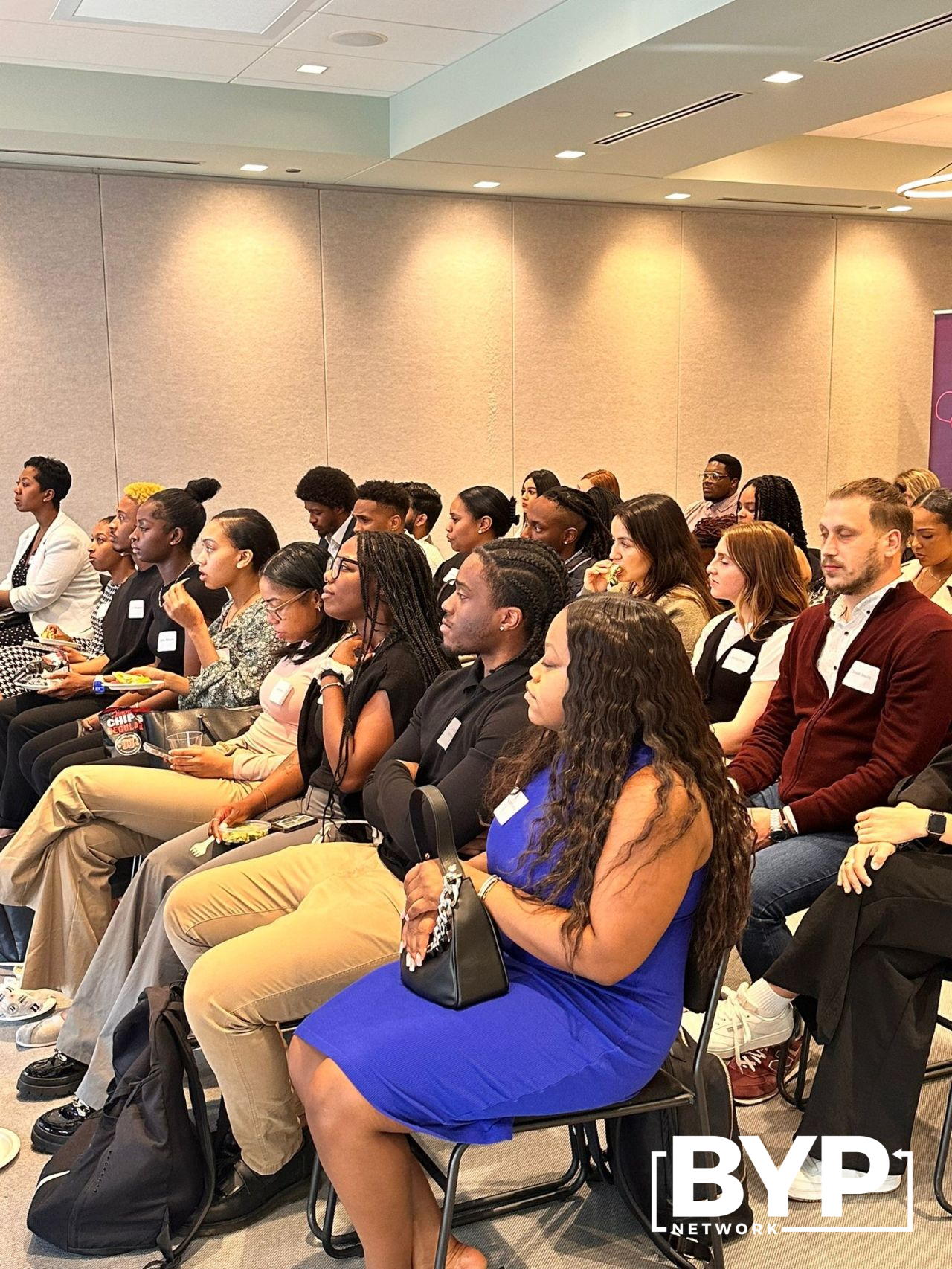Embracing Diversity and Inclusion
According to a study, nearly one-third of UK companies lack a strategic approach to diversity and inclusion. 46% of young Black professionals think of leaving their current work in the coming years because of a lack of this. Organisations are starting to realise how urgent it is to embrace diversity and inclusion now more than ever.
Why does this matter? A report from Deloitte concluded that diversity and inclusion in the workplace increased innovation by 20%. Also, according to Jonathan Bass, owner, and CEO of Whom Home, “creating a diverse company culture gives you a unique advantage in the marketplace to create products that appeal to a diverse community,”.
With the benefits highly apparent, it’s no longer a question of “why” but “how.” Knowing where to start and how to implement strategies for one that works is a critical step.
Regarding diversity and inclusion in the workplace, the right culture can make a difference. Data suggest that 47% of job seekers cited company culture as the main factor. A company that exhibits care, mutual trust, flexibility, independence, learning, and collaboration are all examples of what a diverse and inclusive company should entail. However, one particular culture stands out – learning-oriented culture.
What is a learning culture?
A learning culture is a set of attitudes, beliefs, and atmosphere of a company focused on adaptability, openness, exploration, innovation, and change. Organisations with learning-oriented environments will find it simpler to increase diversity in the workforce because they actively seek out and value employees with a range of perspectives.
How can leaders build a learning culture?
Leaders must build a learning culture because the future workplace promises to be more diverse and inclusive than ever. Companies aiming to build an inclusive company stand a chance of benefiting from one. By encouraging Black professionals to think outside the box, make mistakes and accept feedback, companies can promote a learning culture and increase diversity and inclusion.

Three ways leaders can successfully build a learning culture.
1. Create an environment that encourages psychological safety
Creating psychological safety is a crucial step in fostering a learning culture. The pandemic has brought about serious health concerns, job losses, an economic downturn, and anxieties among Black professionals. Around the world, workers have had to deal with job insecurity, salary declines, and increased work-related stress. Black professionals need to feel safe again, and leaders can do so by creating space for honesty and risk-taking.
2. Encourage better conversations and feedback
Effective communication and feedback are woven throughout the business and promoted and anticipated as the norm in a learning culture. Encourage Black professionals to provide and seek constructive criticism and feedback for improvement.
3. Set an example
Leaders can set an example by being open to new ideas, failure, and feedback, sharing how their opinions have changed over time, and applauding employees who take risks and think outside the box.
Once leaders have decided to put learning at the centre of their organisation’s culture, they can help it evolve by framing the change in terms of current business challenges and measurable results, demonstrating a commitment to learning in their leadership, holding group discussions about learning, and enforcing the change through organisational design.
In all, initiatives must go beyond all processes and provide equal opportunity and treatment at every touchpoint of the employee experience. It’s equally important to know where you are in terms of hiring, promotion, leadership, affiliation and turnover.
Resource Links
The state of equity, diversity and inclusion in Europe
Almost Half of UK Black Professionals Plan to Leave Their Jobs






